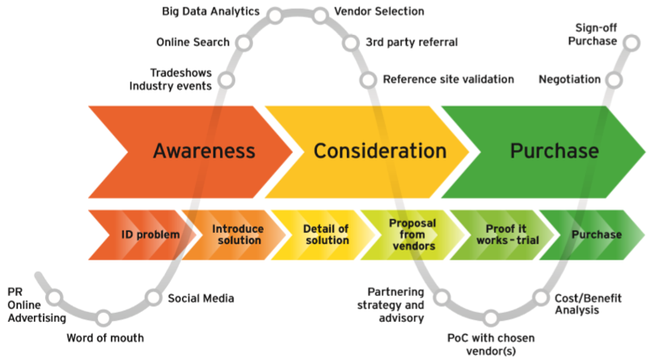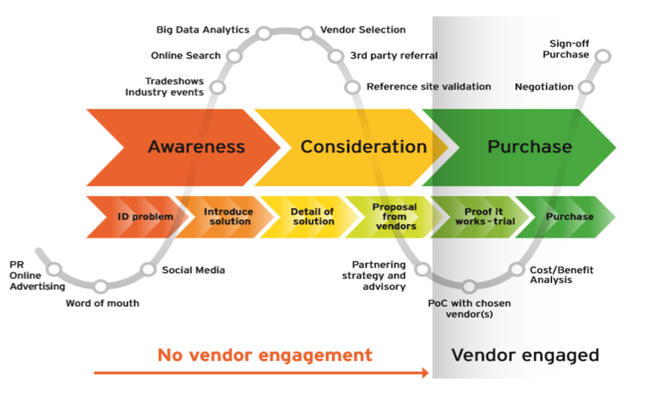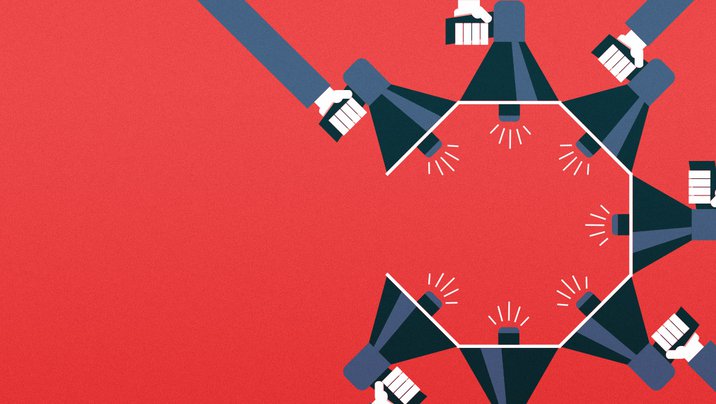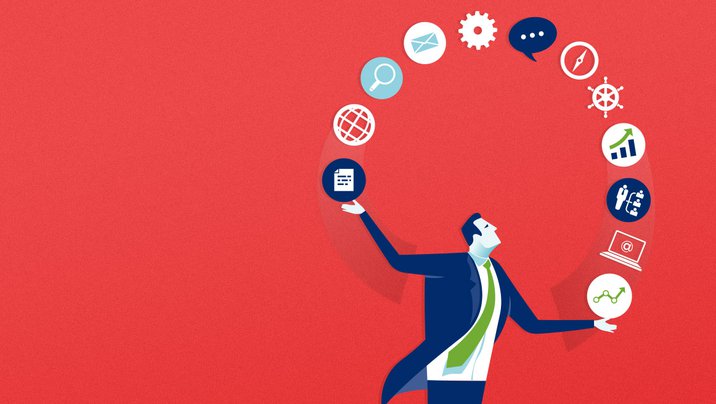…..because sales people no longer participate in the "entire" buying journey:
Customer tastes and preferences (that is, buyer behaviour) is what drives markets. The traditional sales models that I have spent my career learning and executing are no longer relevant. Why? Because sales success is inexorably linked with the buying journey and the buying journey has changed from what I would describe as vendor-push to a customer-pull model. Customers are now in control and this means that vendor sales people are now being called into most sales opportunities after 60%–80% of the customer decision-making process has already been completed. This radically changes the role of the vendor sales person, and this is the most serious change now impacting every vendor sales person – globally. If sales people can no longer influence buyer decision-making then what role do professional sales people now play? Quote giver? Order taker? Walking brochure?
The Facts: customers generally progress through three broad stages of the buying journey: Awareness-Consideration-Purchase. Every customer has a variation of the steps and gateways that span the buying journey (as outlined in the diagram below) and one of the challenges for sales people has always been to ensure that they have a complete understanding of the idiosyncrasies of each customer’s approach, and unique steps, of the buying journey.

Until now, sales people have enjoyed a model that allows them to work alongside their customers’ right throughout the buying journey to create awareness, discover needs and then sell their solutions. Since the late 1880s, this traditional B2B sales approach has worked well because customers didn’t know how to solve their own complex problems. Those days are over – all customers are now highly educated and have access to huge amounts of information which means that they probably know more about the vendor’s products than the vendor’s own sales people (in some cases).
A recent study (by Corporate Board Executive) of more than 1,400 B2B customers found that customers now complete, ”on average, nearly 60% of the typical purchasing decision – researching solutions, ranking options, setting requirements, bench-marking pricing and so on – before even having a conversation with a vendor.” Further supporting this is another study done by Prelytix, which states that “buyers are engaging vendors only after having completed 60–65%% of their decision-making process”.

So, depending on which research you subscribe to, it’s now clear that vendor sales people no longer influence the buying journey as they once did. Anyone that has sold anything knows, that being called into a sales opportunity late simply limits your ability to influence the sale - more often than not, you are being used as “column fodder”when you arrive late, meaning that you never had a chance of winning the sale. Vendor sales people are now wasting significant amounts of company resource when they fail to adequately qualify exactly where they are within their customer’s buying journey.
So, if you accept that sales people are, in many cases, arriving late into the buying journey, then the modern sales person would now be well advised to quickly ascertain the buying preferences for each and every customer that they manage. Listed below is an example of the types of questions that a sales person must now begin to ask of their customers:
- What are the key steps in your buying cycle?
- How do you prefer the sales journey/process to unfold?
- What key outcomes do you require from a vendor’s sales process?
- How can we adapt our sales cycle to your buying journey?
- Can you give me an example of how one of your vendors has done a great job for you in your specific buying journey?
In my experience, today’s vendor sales people rarely ask these types of important questions resulting in a distinct lack of understanding of customer requirements and expectations. Naturally, most customers genuinely appreciate it when sales people do ask these sorts of questions because it not only shows that the sales person has a current understanding of the new buying journey, but it also demonstrates to the customer that they dealing with a professional vendor organisation that understands the new age of customer experience (CX)
Vendors must create a new approach to 'qualifying' sales opportunities, and be prepared to rapidly qualify out. Arriving late in the buying journey creates risk and severely diminishes conversion rates.
Sales and marketing leaders must collaborate more closely to address late arrival into the new buying journey. Awareness and demand creation programs must be even more targeted on capturing customer attention early.
- Investigate the use of analytics (and new technology tools like Big Data and social media) to apply insights to make better, and more informed marketing decisions. Sales leaders must now use data-driven decision– making to better inform resource allocation and go-to-market planning.
- Develop a fresh approach to prospecting. Identify means by which you can arrive early in the buying journey. Cold calling is no longer relevant in today’s mature markets.
- Devise training programs that can rapidly convert generalist sales people into ‘subject matter experts’. The new buying journey requires sales people to have deeper specialist knowledge in order to create perceived customer value.
In summary, if buyers change how they buy, then sellers must change how they sell. Sales people must stop tracking the sales cycle and start tracking the 'new' buying journey, and this means being able to quickly identify when you are entering the buying journey late – being used as a 'quote giver' simply to make up the numbers destroys conversion rates and therefore company value.


